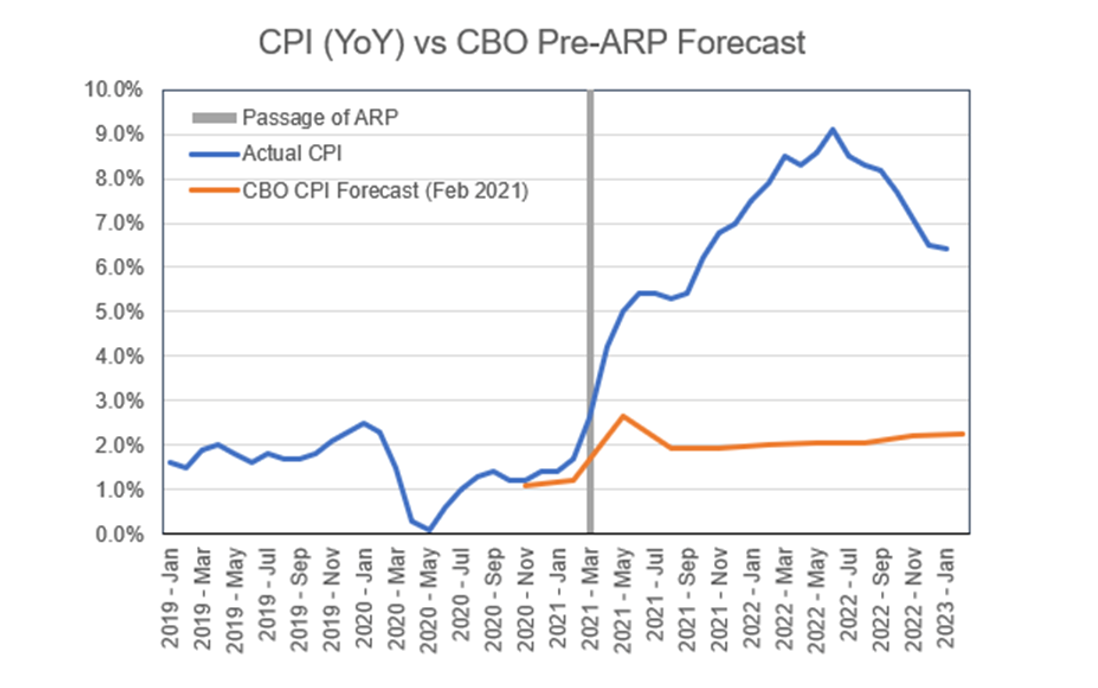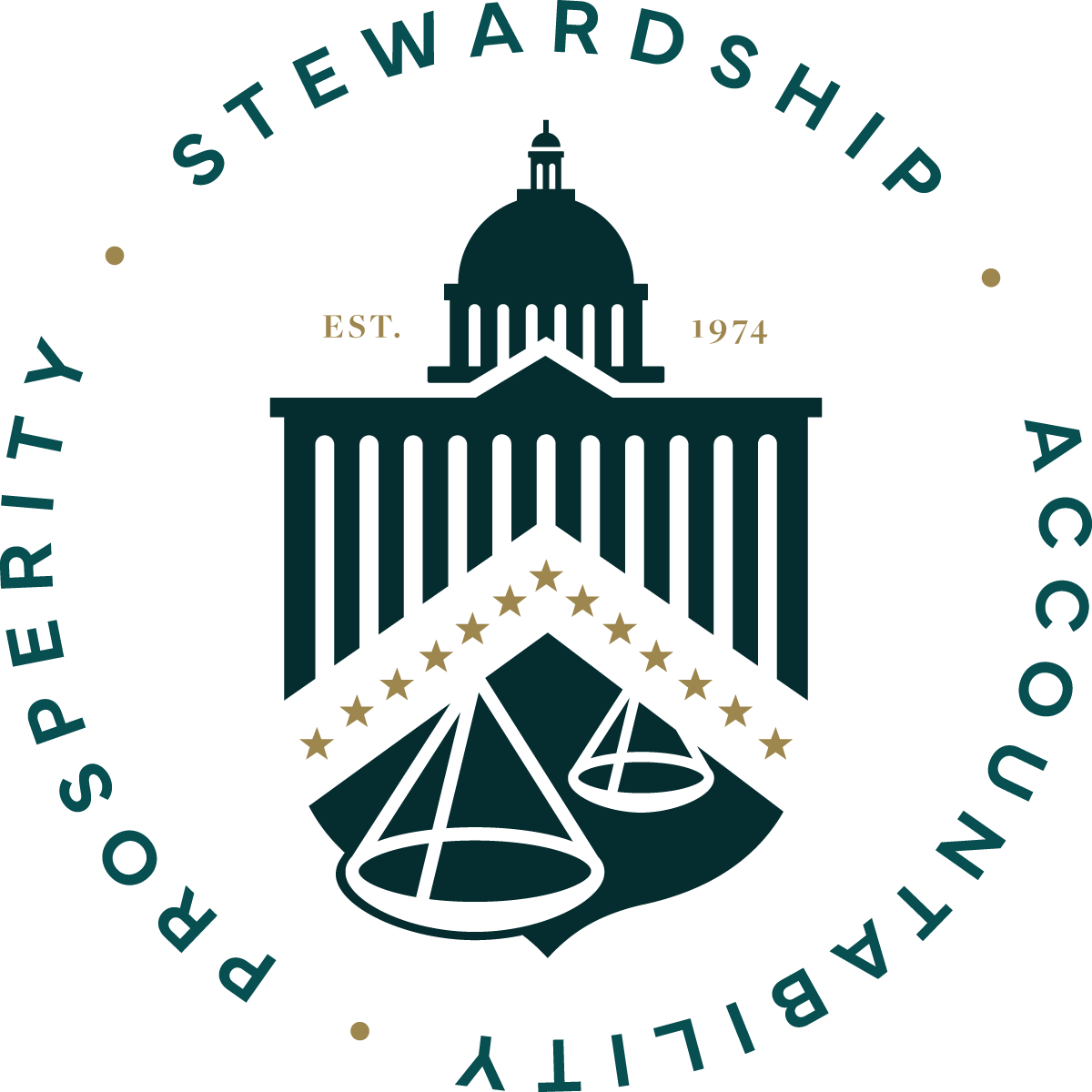ECON 101: Historic, Skyrocketing Inflation and the Interest Rate Hikes That Followed
Decidedly inspired by the ethos espoused by President Obama’s former Chief of Staff, Rahm Emanuel, Democrats did not let our nation’s deadly public health emergency “go to waste.”
Thanks to coordinated effort spearheaded by President Biden, Congressional Democrats preyed on a country still reeling from COVID lockdowns and widespread uncertainty to insert costly, one-size-fits-all policies into the homes and businesses practices of Americans across the country. Democrats spent money that we didn’t have, on policies we didn’t need, and then they spent some more. Consequently, the Biden Administration, former-Speaker Pelosi, and the rest of Congressional Democrats are now responsible for launching a regressive economic ripple-effect that continues to stunt the U.S. financial recovery to this very day.
Democrat’s reckless spending has led to the worst inflation spike in 40-years. Inflation, when left unchecked, can quickly lead to lost savings and reduced purchasing power for consumers, currency instability, and long-term damage to the economy. In response to record inflation, caused in large part by the Biden Administration’s reckless fiscal stimulus in the American Rescue Plan (ARP), the Federal Reserve (Fed) responded by raising interest rates to slow down the economy and bring down inflation. This not only slowed the economy, it caused interest on the debt rise, increasing the rate of debt accumulation and accelerating the risk of a debt crisis.
Democrats have led Americans off the fiscal cliff and it’s important to understand why.
What Caused the 40-Year Record Inflation?
With an economy shuttered by the COVID-19 pandemic, Congress authorized 2 major stimulus packages – and three much smaller ones – in 2020. While there may have been some need for support during the depths of the pandemic, there certainly wasn’t in March of 2021. Nevertheless, the Democrats in Congress – at the direction of the Biden Administration – passed a completely partisan stimulus package without any Republican votes that dumped $1.9 trillion of stimulus on an already recovering economy. While there may have been some inflation without ARP due to the prior stimulus and supply chain issues due to the challenges of re-opening the economy from a completely shuttered state, studies indicate that ARP pushed CPI 3 percentage points higher. Even Jason Furman – President Obama’s Council of Economic Advisors (CEA) Chair – estimated ARP would increase CPI by 2.5 percentage points. The increase in inflation following the passage of ARP can be seen in figure 1 below.
Figure 1: CPI inflation before and after ARP passage:
Assuming the first estimate, without ARP, inflation would have averaged 1.5 percent in 2021 and 5 percent in 2022, much more manageable than the 4.5 percent and 8 percent we experienced.
Rising Interest Rates to Slow Inflation:
In response to the 40-year high inflation, the Fed began raising interest rates in March of 2022. Since then, they have raised the Fed Funds Rate 9 times, bringing it from effectively zero up to nearly 5%. The interest rates that the Fed Funds Rate influences range from mortgages, auto-loans, credit cards, and bonds, including U.S. Treasury Bonds.
The Fed raises interest rates to slow down economic activity, which subsequently lowers the rate of inflation. Since interest rates influence the cost of borrowing, they make purchasing goods more expensive for consumers, and the cost of investing and doing business for firms. This also means that borrowing for the Federal government becomes more expensive.
Increasing Interest Rates Also Raises Government Borrowing Costs:
As the rates on Treasury bonds rise when the Fed raises interest rates, the cost of government borrowing subsequently grows. Since 2021, yields on 3-month and 10-year treasuries have risen from below 1% to over 5% and 3% respectively. As these rates have risen, projections for interest costs on the debt have also grown.
Between the February 2021 and February 2023 CBO forecast, the projections for interest costs on the debt over the 10-year window have risen from around $4.5 trillion to nearly $10.5 trillion – an increase of nearly $6 trillion in expected interest expense in only two years.
Given the current trajectory, by 2048 CBO projects interest payments on the debt will exceed discretionary spending. By 2050, interest payments on the debt will be the largest item in the federal budget. By 2053, CBO projects interest payments on the debt will amount to $5.7 trillion, or 7.2 percent of GDP, which would consume 38 percent of federal revenue.


